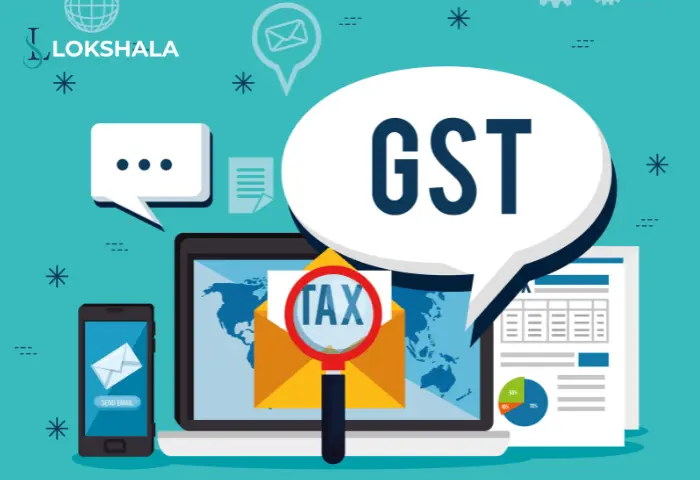Every month, countless business owners face the same scenario: no sales, so they file a Nil GSTR 3B return. Seems logical, right? Wrong. This seemingly innocent practice is costing businesses thousands in overlooked input tax credits.
Here’s the trap many fall into: You had no sales this month, so you correctly filed GSTR-1 as Nil. But when checking your GSTR-2B, you notice eligible input tax credits from purchases along with a few credit notes from suppliers. After adjustments, a modest but real ITC amount remains. With no outward tax liability, you mistakenly file GSTR-3B as Nil too.
Big mistake.
Filing a Nil GSTR 3B when you have legitimate Input Tax Credit (ITC) is like leaving money on the table. The eligible credit never makes it to your electronic credit ledger. It vanishes—unclaimed and forgotten.
The consequences compound quickly. First, there’s now a glaring mismatch between your GSTR-2B (showing eligible credits) and your GSTR-3B (claiming nothing). This discrepancy is a red flag that can trigger department notices or scrutiny.
Worse yet, if you fail to claim this ITC within the statutory time window, it may lapse permanently. Those are tax rupees you’ve already paid that could have offset future liabilities—gone forever.
Remember that GSTR-3B cannot be revised once it has been filed. Correcting this error requires jumping through additional hoops, such as filing Form DRC-03 or attempting adjustments in future returns. These remedial measures complicate your compliance obligations and may not always succeed.
The solution is straightforward: Never file a Nil GSTR 3B when you have eligible input tax credits, even if you have zero sales. Instead, file a regular GSTR-3B that accurately reports:
- The total eligible ITC as reflected in your GSTR-2B
- Any credit notes requiring reversal
- The net ITC amount is to be carried forward to the next return period
This simple practice ensures your eligible Input Tax Credit is properly documented, which is available in your electronic credit ledger, and also ready to offset future tax liabilities.
Many businesses overlook this fact, especially smaller ones managing GST compliance without specialised accounting staff. They focus on reporting outward supplies correctly but ignore the equally important aspect of properly claiming input credits.
GST compliance isn’t merely about paying what you owe; it’s about claiming what you’re legally entitled to recover. The system is designed as a value-added tax where businesses act as collection agents, paying tax on their purchases and collecting it on their sales. The mechanism only works properly when both sides of this equation are handled correctly.
Don’t let your hard-earned money slip through the cracks because of this common misunderstanding. Even in months with zero sales, file your GSTR-3B properly to claim eligible Input Tax Credit (ITC). Your future tax liabilities—and your bottom line—will thank you.


